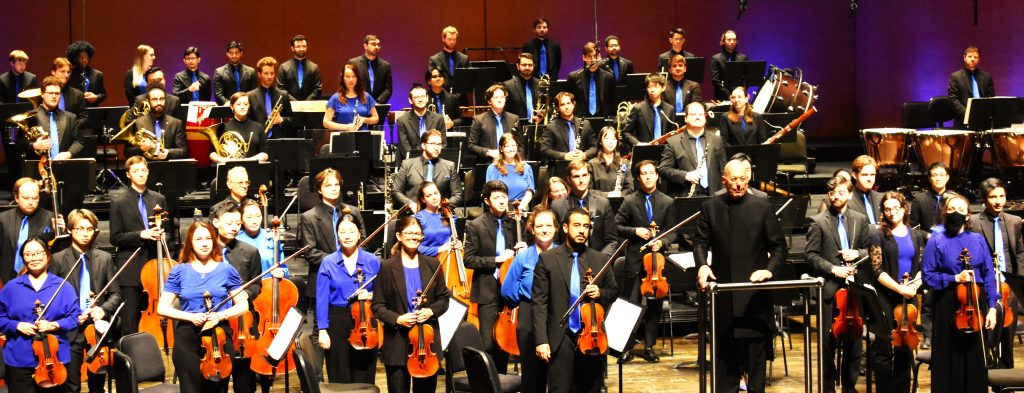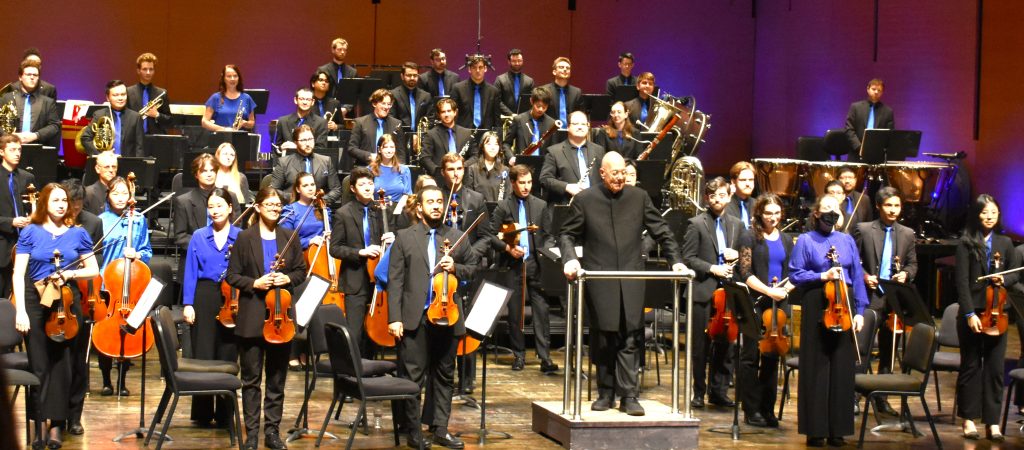
by Kevin T McEneaney
This superb program of Mexican music opened with Ferial (Town Fair, 1940) by Manuel Maria Ponce, a close friend of Andrés Segovia who acclaimed Ponce as the greatest composer of guitar music in history; however, his repertoire included significant solo piano compositions, symphonies, dances, and numerous songs. The composition depicts a town celebration of Mexican Independence Day, celebrating the occasion with a cornucopia of multiple musical genres: Indigenous drumming and flute music, marches, folk dances, big band Latino brass music, riffs on noted Mexican film music, the German waltz, klezmer tunes, hints of American jazz and Broadway music. Such ornamental, hybrid music remains the signature style of Mexican classical music which resembles a cocktail blender with a heady kick.
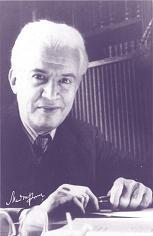
The versatility of the oboe was on display in the hands of Quinton Bodnár-Smith. This depiction of a town’s robust party climaxed with a contagious shout of joy and freedom. Mexican music resembles a spontaneous quintuple shot of mescal that acclaims spontaneous joy and humor!
Suite de Caballos de Vapor (Horsepower, 1932) by Carlos Chávez, a student of Ponce, is both an orchestral suite and ballet resembling a panoramic, living, mural montage. Chávez was a close friend of the painter Diego Rivera. The first movement (Dance of the Man) offers a jaundiced view of the U.S. as an intense, northern, polluting machine while below the border there is a slower more sensible, soothing pace (in the drums), yet lower wages for exploited workers, the horses who drive the economy. His music is simultaneously earth and abstract. The violin of Concertmaster Samuel Frois led with gentle yet firm gravity.
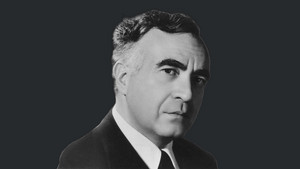
The second movement (Boat to the Tropics) carries both industrial and recreational themes acclaiming the beauty and liquidity of the water world where the flute of Jordan Arbus excelled. The shorter third movement (The Tropics) took us into the forest where the clarinet of Colby Bond delineated the pleasures and dangers of the landscape. The eclectic style of Chávez was influenced by William Grant Still and especially his close friend Aaron Copland. These composers thought sophisticated music could be both rigorous and popular.

Chapultepec (Hill of the Grasshopper, 1944) by Manuel Ponce is a gorgeous city park in Mexico City, and on the top of the hill, there is a magnificent administrative castle. The first movement (Primavera) acclaims the blossoms of Spring where Michael Holbrook flushed out the colors on his viola with his troupe of viola players. The second movement (Nocturno) describes the ambiance of a full moon illuminating the exotic foliage and the hilltop castle architecture. Here the bassoon of Chaoyang Jing portrayed the emotional mystery of the lunar event. The third movement (Canto y Danza) describes a daylight Independence Day festival in the park of the city capital where Nick Goodson on percussion beat out delightful, infectious drum rhythms!
La noche de los Mayas (The Night of the Mayas, 1939) by Silvestre Revueltas is both a cinema soundtrack and an orchestral suite. In the exuberant microtonal style he developed in 1922, we have solemnity and fireworks. The first movement (Night of the Mayas) offers a somber mystery eloquently evoked by the oboe of Yejin Kim and the cellos led by Michael Zyzach asking who these people were who created such a monumental civilization. The second movement (Night of Merrymakers) was enlivened by the festive English horn of Mathew Maroon and Goodson on drums.
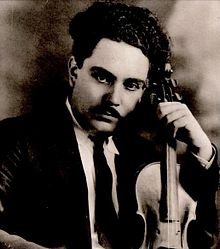
The third movement (Night of Yucatán) evoked the lost civilization of that peninsula with languorous melancholy enhanced by Jack Corcoran on bass. The fourth movement (Night of Enchantment) offers one of the most explosive reversals I have ever heard. Twelve drummers suddenly appeared in the back top row. A chorus of horns under Ziming Zhu rang out! Zachary Johnson on trombone backed those horns and two bassoons joined in. Violins, violas, cellos, bass, clarinets, and Olivia Chaikin on flute pitched in with Leanna Ginsberg on piccolo. Percussion nearly drowned out the rest of the orchestra! My ears heard something beyond music: this was musical transcendence! The drumming entered my bones! I felt reborn into a New World! There are not enough exclamation marks to describe this climax of climaxes….
